Clubfoot is a deformity in which an infant's foot is turned inward Shriners Hospitals for Children specializes in researchbacked treatment options designed to help children with clubfoot Clubfoot is a birth abnormality that causes the shape of a newborn baby's feet to point down and inward While clubfoot does not cause pain, it can cause longterm problems if left untreated, affecting the child's ability to walk normally However, if it is properly treated, the deformity can often be cured during the first few months of lifeClubfoot occurs in 1 out of 1000 births Ideally, treatment of clubfoot should begin around a week after birth That's when the bones, ligaments and tendons are still soft and can be easily moved into the correct position However, treatment doesn't happen for all babies Sometimes clubfoot goes untreated during childhood and even adulthood
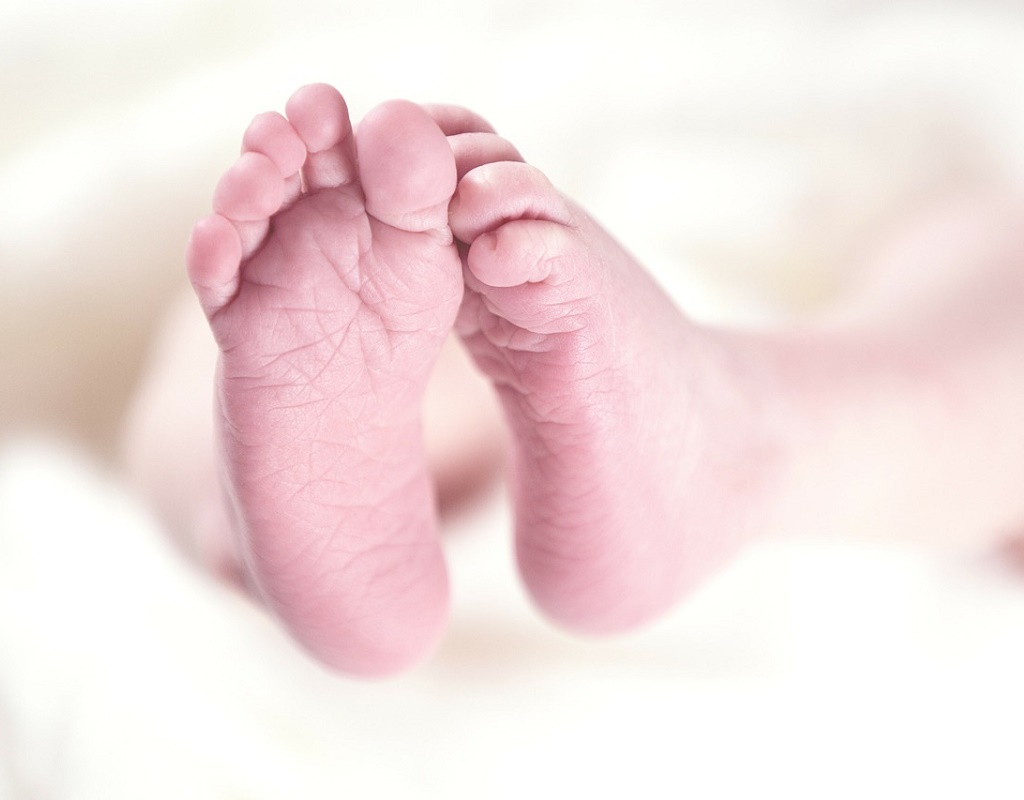
Club Foot Cause And Treatment Family Health Kidspot
Club foot treatment in babies
Club foot treatment in babies-Treatment for clubfoot at Boston Children's HospitalThe affected foot may be more flexible, with a condition known as positional clubfoot This flexible type of club foot is caused by the baby's prenatal position in the uterus (often breech) Positional clubfoot can easily be positioned into a neutral (not curved) position by handTreatment Your doctor will begin to correct your baby's clubfoot shortly after they're born Babies don't use their feet until they learn to stand and walk, so the goal is




What Is Clubfoot And How Is It Treated An Overview Youtube
Clubfoot is the sort of condition that responds well to treatment—but because that treatment is reliant upon the baby's natural growth, you can't afford to wait for a better time Complete our contact form or call us today we have the experience necessary to put your baby on the path toward a normal, painfree life Ponseti IV Treatment of congenital clubfoot J Bone Joint Surg Am 1992;–54 10 Hoffinger SA Evaluation and management of pediatric foot deformities Pediatr Clin North Am 1996; The baby may need to wear a brace for a year or so to prevent the clubfoot from returning After the baby's foot is realigned, the physiotherapist will teach you several exercises that you can do at home to maintain the corrected position after the casting and bracing phase of the treatment
Clubfoot is the most common congenital birth defect, affecting an estimated one in every 1,000 newborns Babies born with clubfoot may have it in one or both feet Top of the foot turns inward and downward (foot can appear upside down if turn is severe) Calf muscles don't fully develop above the affected ankle Clubfoot can be mild or severe About half of children with clubfoot have it in both feet If your child has clubfoot, it will make it harder to walk normally, so doctors generally recommend treating it soon after birth Doctors are usually able to treat clubfoot successfully without surgery, though sometimes children need followup surgery later onPediatric Clubbed Foot Clubfoot, also known as talipes equinovarus, is a congenital (present at birth) foot deformity It affects the bones, muscles, tendons and blood vessels and can affect one or both feet The foot is usually short and broad in appearance and the heel points downward while the front half of the foot (forefoot) turns inward
Clubfoot is a birth defect that makes one or both of a baby's feet point down and turn in Surgery used to be the main treatment for clubfoot, but orthopedic surgeons (doctors who focus on conditions of the bones, muscles, and joints) now preferThe welltreated clubfoot is no handicap and is fully compatible with a normal, active life The majority can be treated in six to eight weeks using casts and gentle manipulation Parents of infants born with clubfeet may be reassured that their baby, if otherwise normal, when treated by expert hands will have normal looking feet with normal function for all practicalThe Ponseti Method is a simple, and in skilled hands, very effective method of treating clubfeet It requires only skill, patience and plaster The Doctor takes the baby's foot in his or her hands and stretches the medial ligaments slightly and holds the foot in place while an assistant applies a cast After a week, the first cast is cut away




Club Foot Cause And Treatment Family Health Kidspot



Clubfoot Orthoinfo os
Clubfoot is a common type of birth defect that affects muscles and bones in the feet Instead of being straight, a clubfoot points down and turns in This twisting causes the toes to point toward the opposite leg A baby can be born with the defect in one or both feet A clubfoot isn't painful and won't cause health problems until a childClubfoot treatment for kids that is gentle and effective What causes clubfoot? Idiopathic clubfoot is a foot condition that typically affects otherwise healthy babies Idiopathic means "cause unknown" In a club foot, the entire foot is twisted "down and in," to the point that it looks like the feet are upside down, with the soles pointed upward In most cases, there is no known cause of idiopathic clubfoot
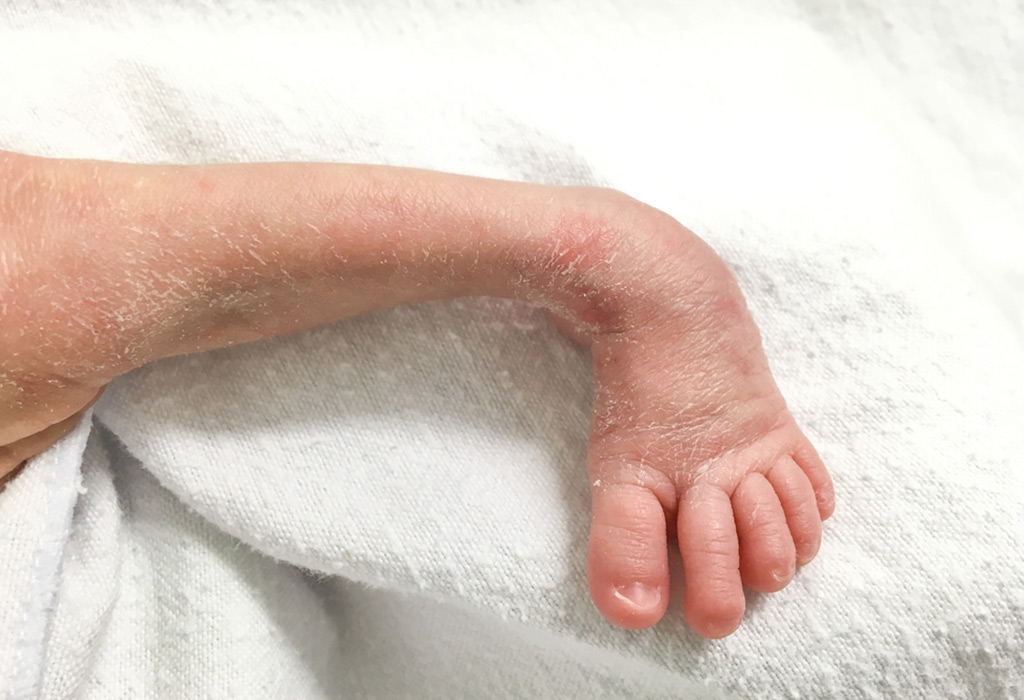



Club Foot In Infants Reasons Signs Remedies




Club Feet Beauchamp Foot Care Beauchamp Foot Care
Other patient and treatmentrelated variables had no significant influence on the onset of walking Conclusions On the basis of our findings, parents of infants with idiopathic clubfoot treated using the Ponseti method may expect their child to achieve independent walking approximately two months later than infants without clubfoot deformity For the majority of babies, stretching and reshaping the foot is the best treatment option There are a few reliable techniques for treating clubfoot with stretching The most widely used is called the Ponseti method Treatment usually begins as soon as possible after birth, typically within the first weekMost clubfoot diagnoses are made during a prenatal ultrasound exam or immediately after a baby is born, with treatment using the Ponseti method beginning in the first three weeks of the infant's life However, in some circumstances, treatment may be delayed
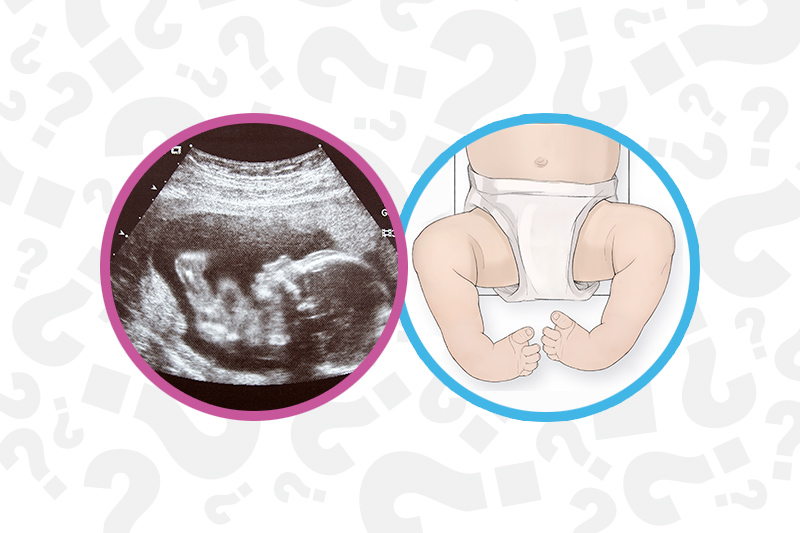



When Your Baby Has Clubfoot Answers For Expecting Parents Boston Children S Answers



Club Foot In Infants Reasons Signs Remedies
1 day ago However, children who stop treatment at two have a 70 percent chance of the clubfoot returning, Zimmerman said "Treatment for clubfoot has to be followed or it will reoccur 100 percent of theThe Ponseti method is the most common and effective clubfoot treatment This treatment uses a series of casts and braces to rotate the baby's foot into a corrected position The foot is rotated externally until it is turned out 6070 degreesClubfoot is when babies are born with 1 foot or both feet pointing down and in Their toes point toward the opposite leg, and the bottom of their feet face inward In some cases, it looks like the baby's foot is upside down A clubfoot cannot be straightened simply by moving it around The joints and tendons on the inside and back of the foot
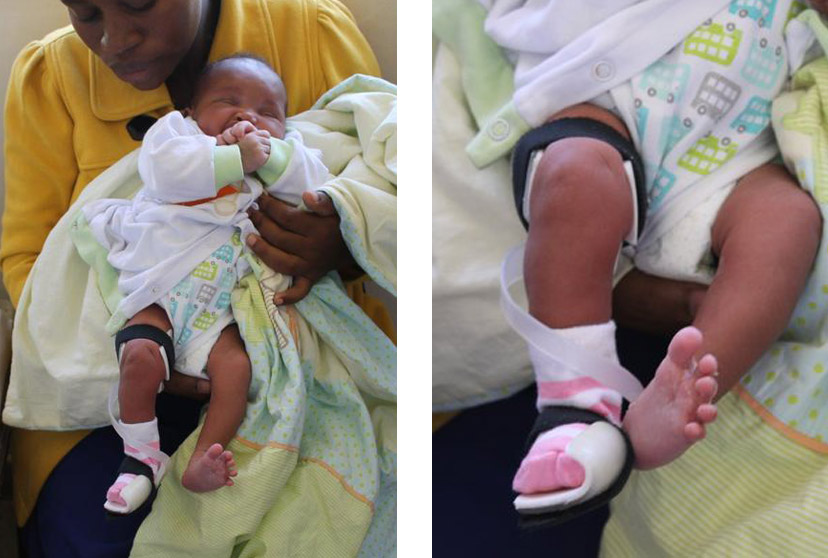



Club Foot Treatment
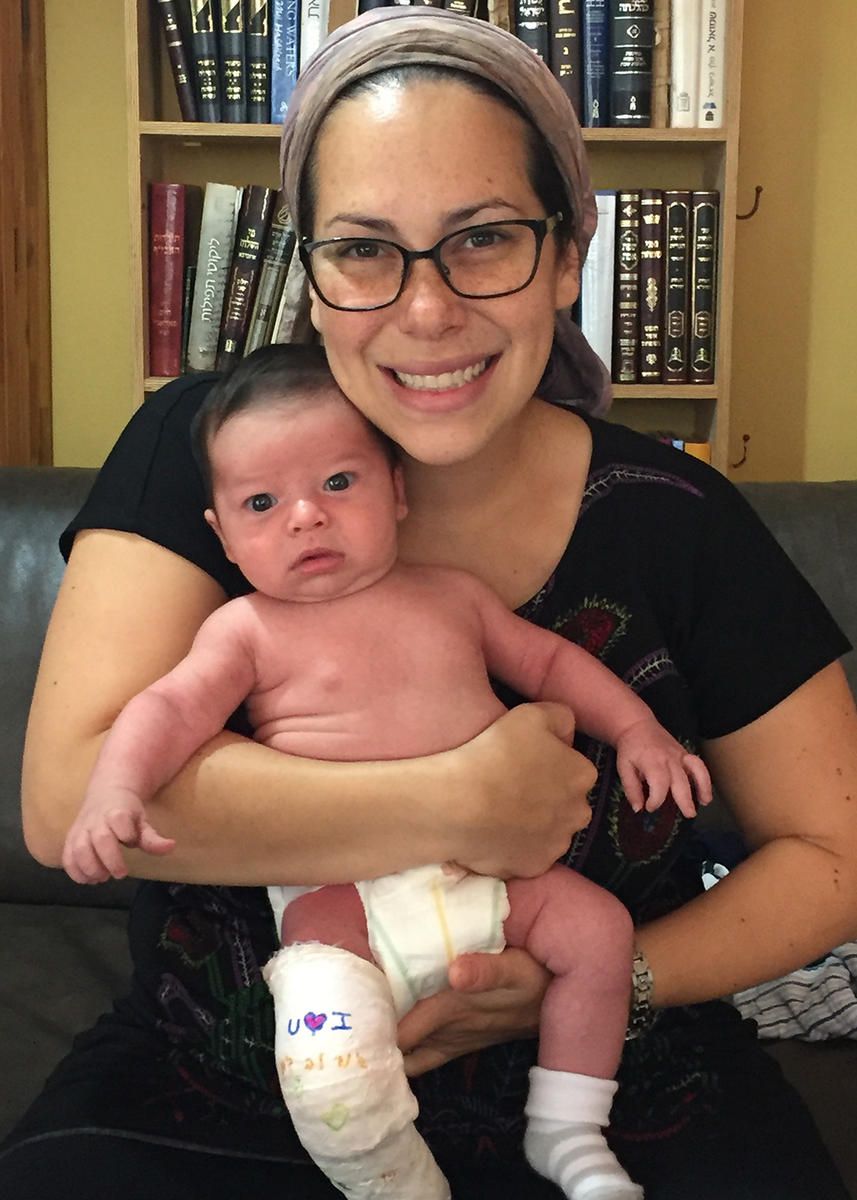



Overcoming Clubfoot One Mom S Story Parents
Treatment for club foot usually starts within a week or two of your baby being born The Ponseti method – Stretching and casting A technique known as the Ponseti method is the most widely used technique in North America and throughout the world, which uses gentle stretching and casting to gradually correct the deformityClubfoot is caused by a shortened Achilles tendon, which causes the foot to turn in and under Clubfoot is twice as common in boys Treatment is necessary to correct clubfoot and is usually done in two phases — casting and bracing Children with clubfoot should be able to take part in regular daily activities once the condition is treatedLike children treated with the Ponseti method, babies treated with the French method commonly require an Achilles tenotomy to improve dorsiflexion of the ankle To prevent recurrence of the clubfoot, the daily regimen of stretching, taping, and splinting must be continued by the family until the child is 2 to 3 years old




Clubfoot Referral Orthopaedic Institute For Children Physicians
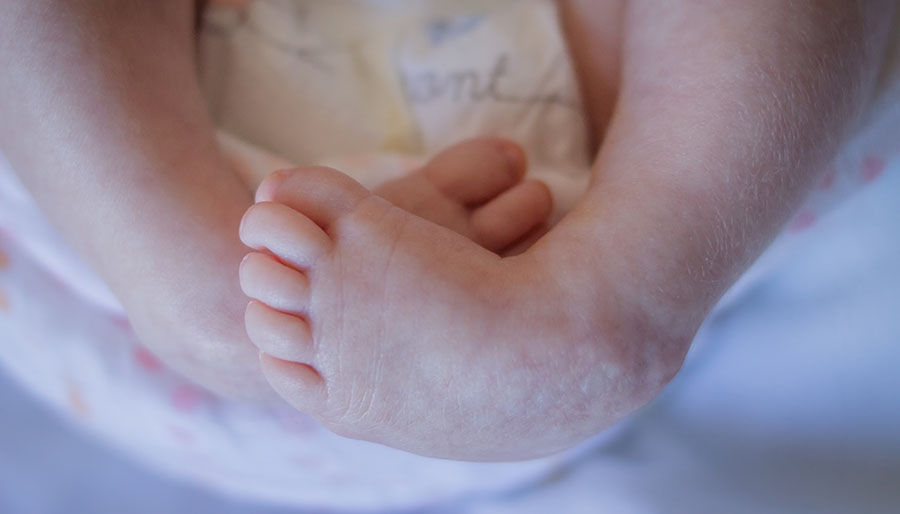



Marlowe S Clubfoot Journey How One Mom Went From Devastated To Reassured Children S Wisconsin
Club foot Diagnosing club foot Club foot is usually diagnosed after a baby is born, although it may be spotted during the routine Treating club foot Treatment for club foot usually starts within 1 to 2 weeks of your baby being born The main Causes of club foot In most cases the cause of If your child receives a clubfoot diagnosis, there are numerous treatment options available The earlier treatment begins, the better This is because an infant's joints and bones are highly flexible, which allows your pediatric podiatrist to manipulate the bones more easilyThe Center for Pediatric Orthopedics at Phoenix Children's is dedicated to offering the most comprehensive and stateoftheart care for children's orthopedi




How To Swaddle Your Clubfoot Baby With Casting Or Boots And Bar Phase Embe
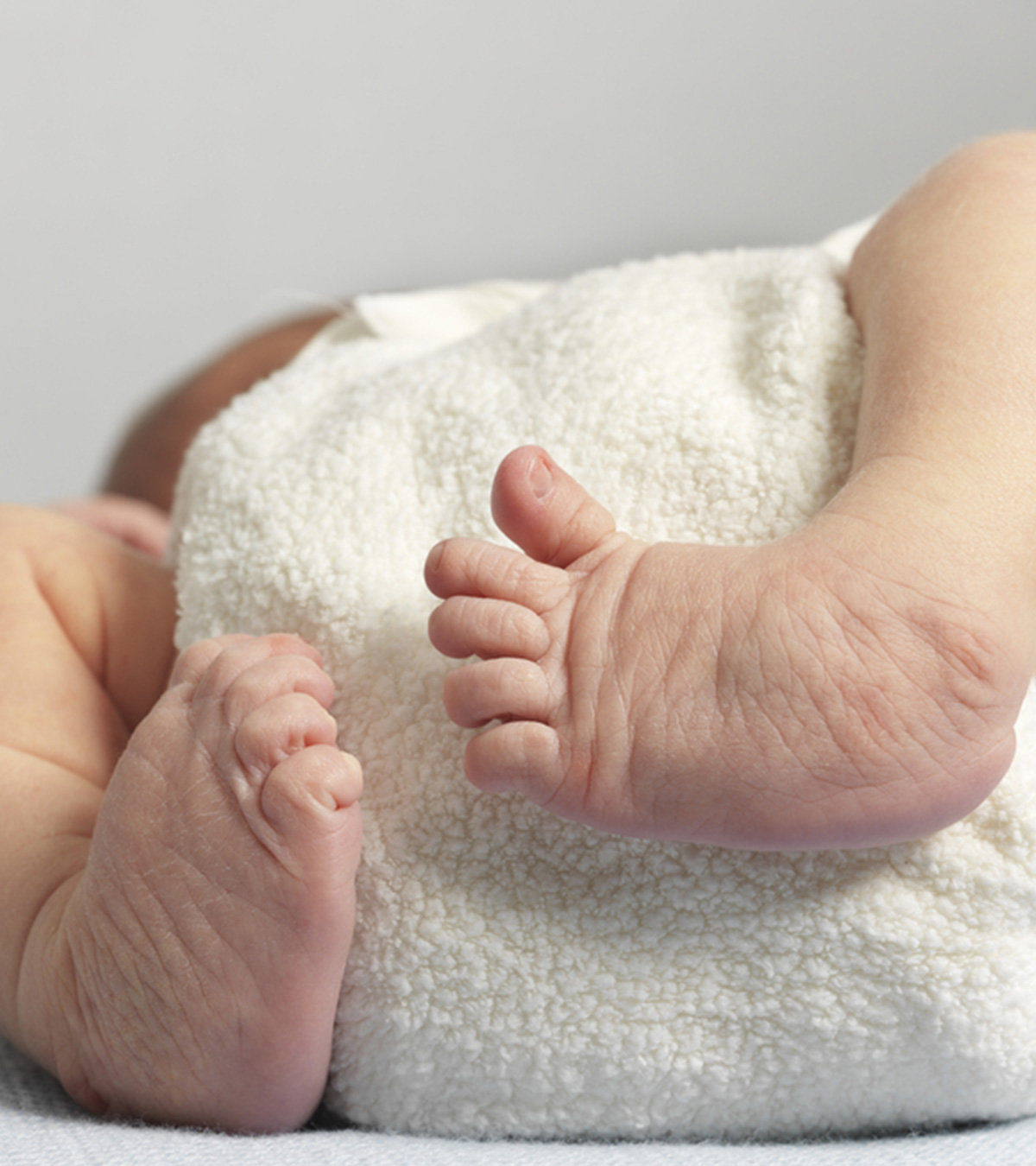



Clubfoot In Baby Causes Diagnosis Treatment Pictures
Clubfoot is a birth defect of the foot Some babies have clubfoot together with other health conditions, like spina bifida Clubfoot doesn't improve without treatment Treatment may include pointing, stretching, casting the foot and using braces With early treatment, most children with clubfoot can walk, run and play without painClubfoot is a congenital condition, one that a baby is born with in which the foot or feet turn inward It won't go away on its own, but with early treatment, children experience good results Clubfoot treatment includes the Ponseti method, a nonsurgical treatment toClubfoot brings with it a 14% higher risk of neural tube defects and congenital heart conditions 10 40% of the children who are born with clubfoot will have the condition affect both feet 11 Around the world, 150,000 – 0,000 babies with clubfoot are born each year Up to 160,000 of them will be born in developing countries




Clubfoot Johns Hopkins Medicine




Clubfoot Treatment With A Boots And Bar Orthosis
Despite the appearance, clubfoot is not a painful condition for babies Almost all children who receive early treatment are able to run, play, and function quite normally Without treatment, clubfeet do not get better on their own The foot remains in the deformed position and makes it hard for a child to walk Clubfoot treatments aim to provide better foot appearance and mobility before a baby learns to walk and prevent longterm problems The following are the clubfoot treatments for babies (4) 1 Stretching and casting (Ponseti method) Over the course of six to eight weeks, clubfoot may be corrected without surgery Casting is more successful for those with mild clubfoot




Can Clubfoot Be Fixed




A F A A 7 Month Old Girl Presented With Unilateral Clubfoot With Download Scientific Diagram
How common it is Clubfoot is one of the most common birth defects, occurring in an estimated 4,000 births per year (about one in 1,000 births) in the USIt affects more boys than girls Latest treatments Clubfoot is usually diagnosed during a newborn exam, though it can sometimes be seen during a fetal ultrasound in the wombWhile it can be very upsetting to learn that your babyClub foot can affect one or both feet Babies with club foot can have slightly smaller feet and calf muscles Our experts will identify club foot during a physical exam A foot Xray may occasionally be performed to help your baby's physician get a more indepth look at the foot The outcome for children with club foot is positiveThe vast majority of babies born with clubfoot, a condition that causes the bones and soft tissues of the foot to twist inward, are successfully treated by doctors at Hassenfeld Children's Hospital at NYU Langone using the Ponseti method However, a small percentage of children may still have structural abnormalities in their feet, even after
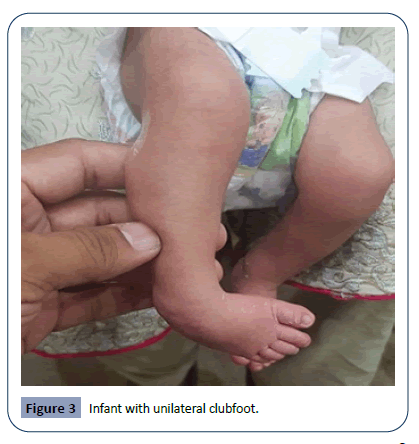



Cross Sectional Study Of Clinical Profile And Treatment Of Clubfoot By Ponseti Method Among Infants At A Tertiary Care Hospital Insight Medical Publishing
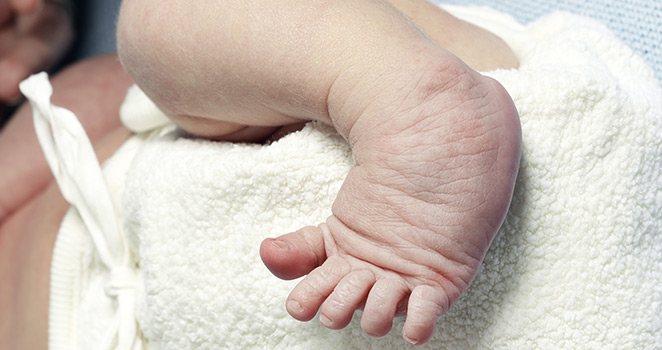



Clubfoot Deformities Pediatric Orthopaedics Navicent Health Macon Georgia Atrium Health Navicent
Clubfoot Treatment The treatment of the condition depends on the doctor's assessment of the severity of the situation Here are a few remedial actions which may be adopted 1 Ponseti Method The most common method of treating clubfoot in babies is the Ponseti method It involves stretching and casting of the affected footIn the past, the standard treatment for neglected clubfoot has been extensive surgical intervention Extensive operations were performed in older children with fixed deformity to release the tight tissues on the medial and posterior aspects of the foot If correction could not be achieved then bone resections were also undertakenExplore MD Orthopaedics's board "Club Foot Shoes Baby", followed by 390 people on See more ideas about club foot, orthopedics, club foot baby




Clubfoot Treatment Bilateral Club Feet Foot Pain



About Clubfoot
The Department of Orthotics and Prosthetics works with the Division of Orthopaedic Surgery & Sports Medicine to treat babies and young children with clubfootFetal clubfoot is a congenital foot deformity in which the foot is curved inward Treatment with casting is usually successful, but the use of a brace after casting is necessary to prevent the deformity from reoccurringNearly 80% of children with congenital clubfoot birth defect are born in developing countries Their families and Ponseti Method trained health providers lack the funds to pay for an effective clubfoot brace The bracing phase of the Ponseti method is the critical component of treatment that prevents the recurrence of clubfoot in childrenChildren with a family history of the condition are more likely to be born with it Clubfoot causes the heel to point downward while the front half of the foot (forefoot) turns inward The foot is usually short and broad in appearance Most cases of clubfoot are diagnosed at birth Treatment includes stretching and casting




What Is Clubfoot And How Is It Treated An Overview Youtube




Clubfoot Wikipedia
Clubfoot occurs because the connecting structures between the leg and foot are short and too tight causing the foot to twist inward It is unknown what causes clubfoot However, there is an increased risk in families with a history of clubfeet Doctors at Riley at IU Health use a threestep process to treat clubfoot casting, tenotomy and bracing Clubfoot is a common disorder in which one or both of a baby's feet are turned inward and downward and can't easily be moved into a normal position It is much more common for a baby to have a foot turned inward due to positioning, but these feet are very flexible and can easily be straightened with gentle manipulation 1 Newborns with a club foot are often treatedMost babies can have their issue corrected without surgery, but surgery for babies with club foot has proven to be successful, too About 30 percent of kids born with club foot will need surgery again later in life if the problem recurs In some cases,



Ponseti Method
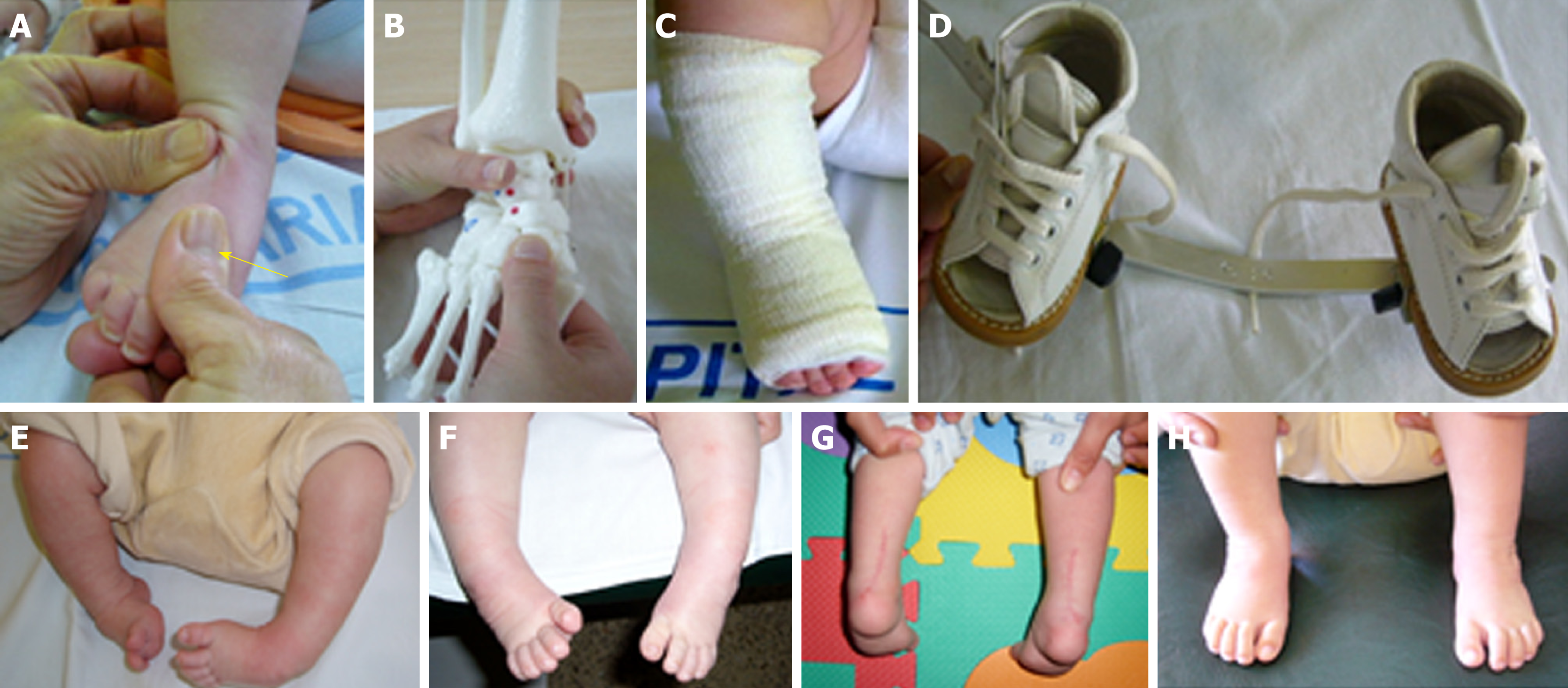



Functional Physiotherapy Method Results For The Treatment Of Idiopathic Clubfoot
Clubfoot Treatment Ponseti Method Baby Book Treatment Journal BabynBoots 5 out of 5 stars (1) $ 2905 Add to Favorites Blue Club Foot Boot Covers bluebellekc 5 out of 5 stars (93) $ 1500 Add to Favorites Light Blue Clubfoot Bar Cover bluebellekc
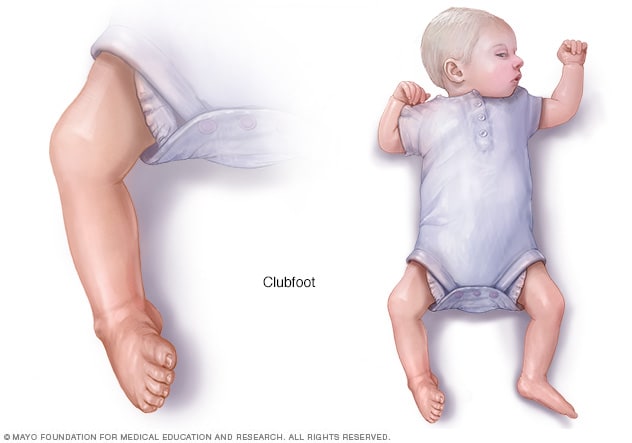



Clubfoot Symptoms And Causes Mayo Clinic




How Is Clubfoot Corrected The Clubfoot Club




To Parents Of Children Born With Clubfeet University Of Iowa Stead Family Children S Hospital




Clubfoot Causes And Treatments




How Parents And The Internet Transformed Clubfoot Treatment Shots Health News Npr




Clubfoot Healthing Ca




Starship Resources For Children Coming To The Orthopaedic Clinic For Clubfoot




Orthokids Clubfoot
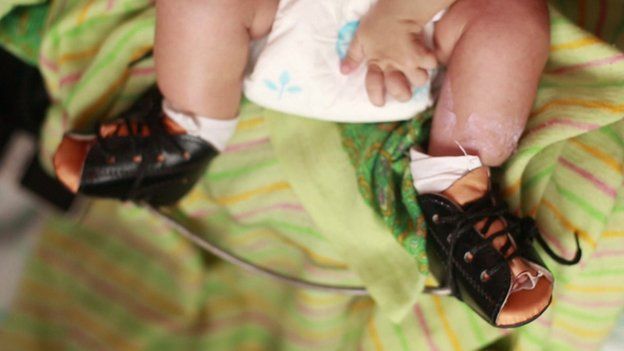



Canvassing Support Helping Children With Clubfoot c News




How Parents And The Internet Transformed Clubfoot Treatment Shots Health News Npr




Clubfoot Orthopaedia
:max_bytes(150000):strip_icc()/clubfoot_after-56a6fb603df78cf7729142e6.jpg)



Photos Of Babies With A Clubfoot




Clubfoot Shriners Hospitals For Children St Louis
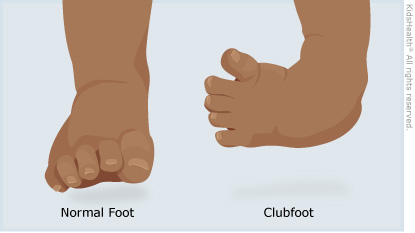



Clubfoot For Parents Nemours Kidshealth




Pdf Orthotic Management Of Talipes Equinovarus In Newborns Using The Newborn Dynamic Torsion Kafo To Reproduce The Sequential Progression Of Ponseti Casting Semantic Scholar



Club Foot
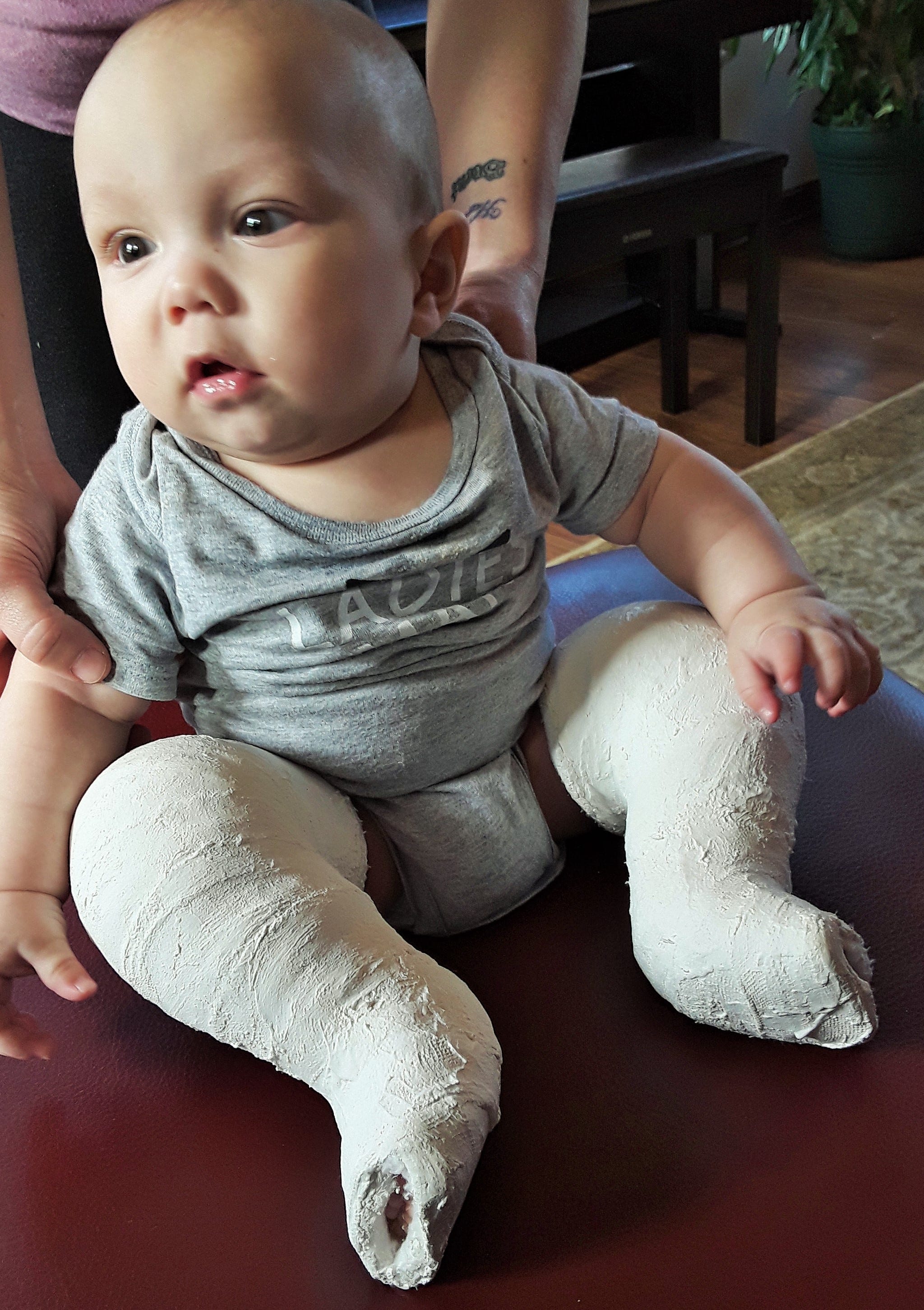



Clubfoot Treatment At Uihc Providing New Hope For Canadian Boy




Clubfoot Clubfoot Pediatric Interesting Cases And Mcqs Facebook




Club Foot Treatment Orthopaedic Institute For Children




Clubfoot Bracing Cunningham Prosthetic Care




Clubfoot Children S Orthopaedic And Scoliosis Surgery Associates Llp
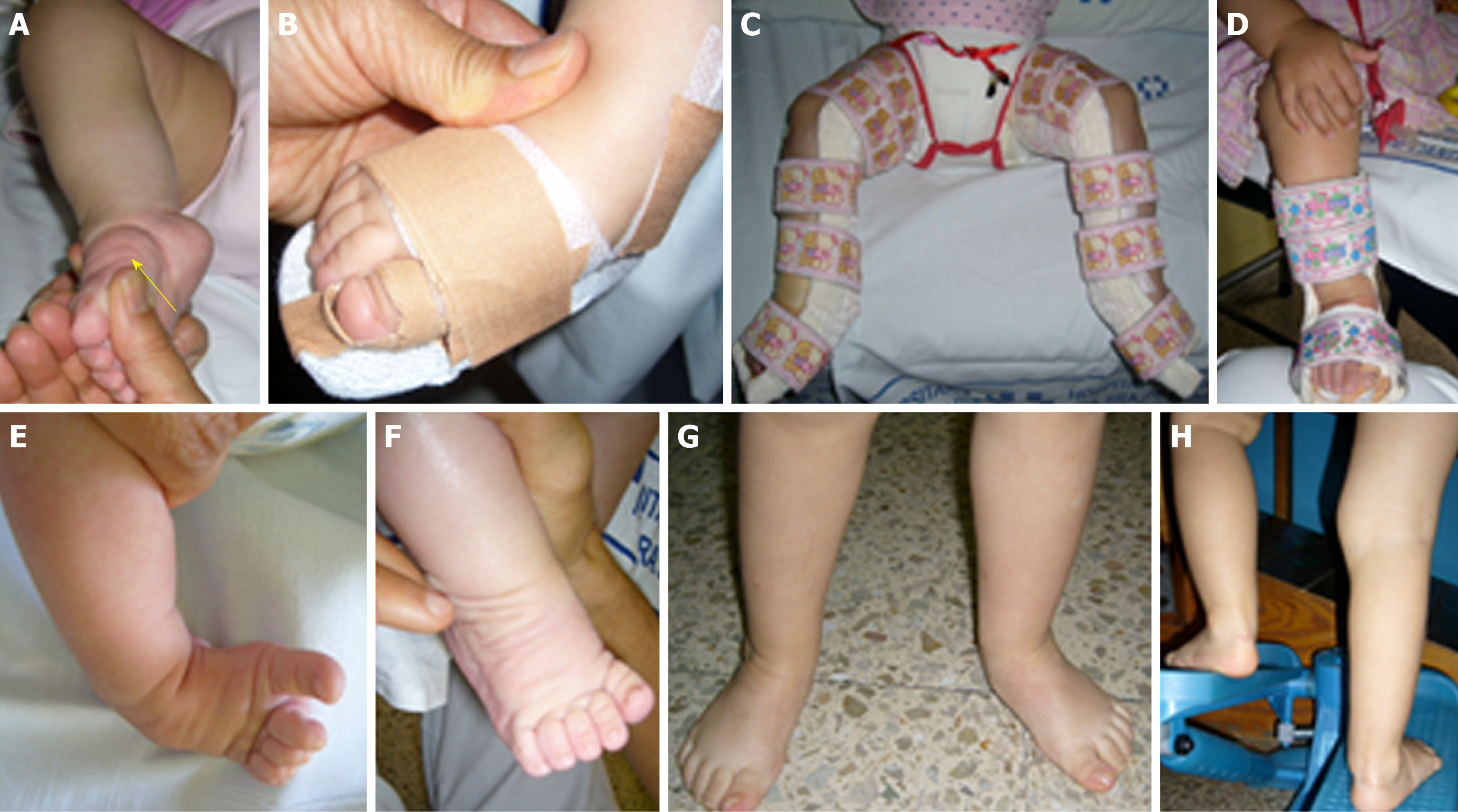



Functional Physiotherapy Method Results For The Treatment Of Idiopathic Clubfoot



1




Clubfoot Nemours Children S Health System
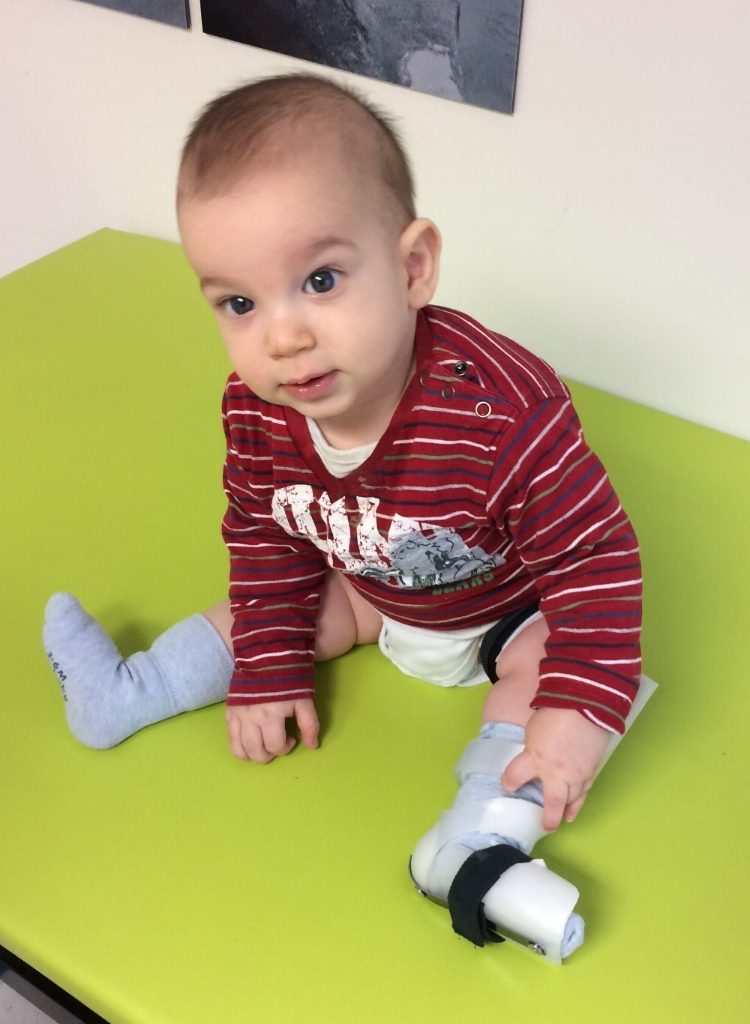



Clubfoot Bracing Cunningham Prosthetic Care
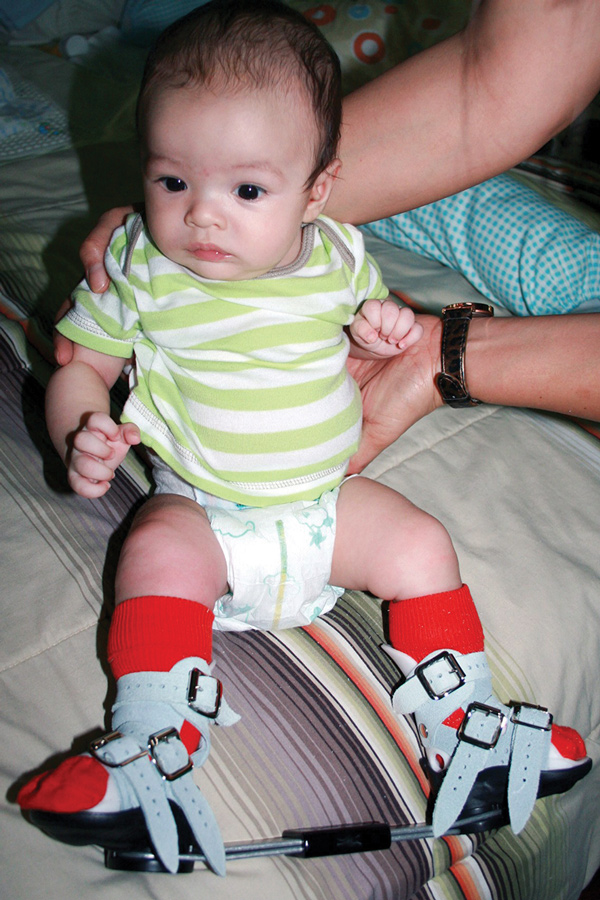



Gait Analysis For Clubfoot May Reveal Long Term Issues Lower Extremity Review Magazine



Clubfoot Orthoinfo os



1




A Step In The Right Direction Treating Clubfoot Sans Surgery Health Beat Spectrum Health



Clubfoot Orthoinfo os
.jpeg?width=800&height=532&ext=.jpeg)



Clubfoot Foot Disorders
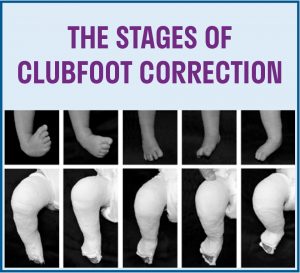



Treatment Strategies Paley Orthopedic Spine Institute
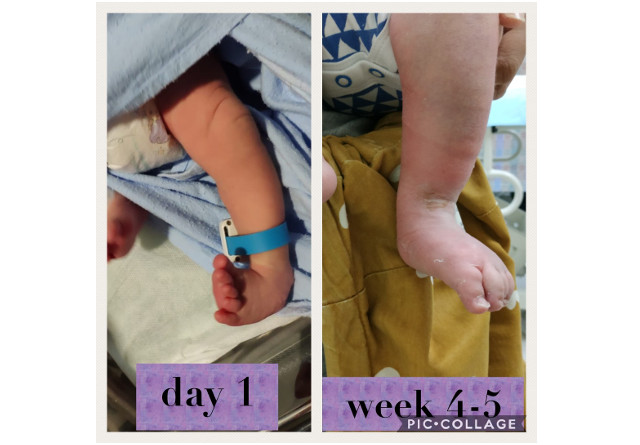



My Baby Has Clubfoot




Clubfoot Diagnosis Treatment And Prevention Via Drgreene Com



Partner Organisation Of The Month Zero Clubfoot Global Clubfoot Initiative




Clubfoot Global Clubfoot Initiative




Club Foot




Predicting Recurrence After Clubfoot Treatment Lower Extremity Review Magazine
:max_bytes(150000):strip_icc()/clubfoot_before-56a6fb603df78cf7729142e3.jpg)



Photos Of Babies With A Clubfoot




Clubfeet Move And Play Paediatric Therapy
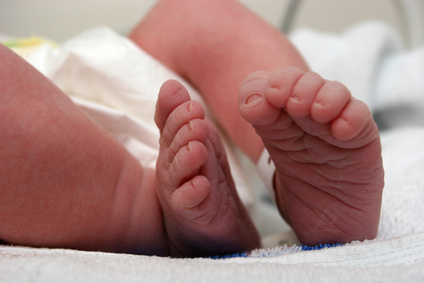



Talipes Club Foot Parents Powwow
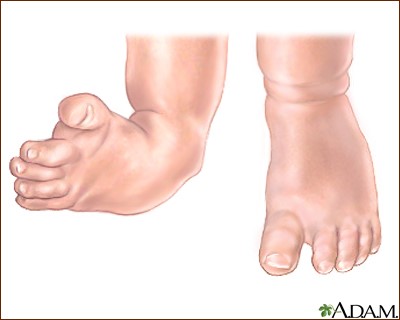



Antidepressants And Clubfoot Birth Defect




Treatment Of Relapsed Residual And Neglected Clubfoot Adjunctive Surgery Journal Of Children S Orthopaedics




Clinical Photographs Showing A The Club Feet Of A 1 5 Month Old Baby Download Scientific Diagram




Predicting Recurrence After Clubfoot Treatment Lower Extremity Review Magazine




What To Do If Your Child Has Clubfoot Cromwell Ct Foot Doctor




Cbm Org




How Parents And The Internet Transformed Clubfoot Treatment Shots Health News Npr
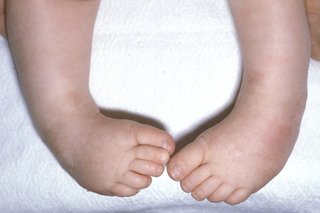



Club Foot Nhs
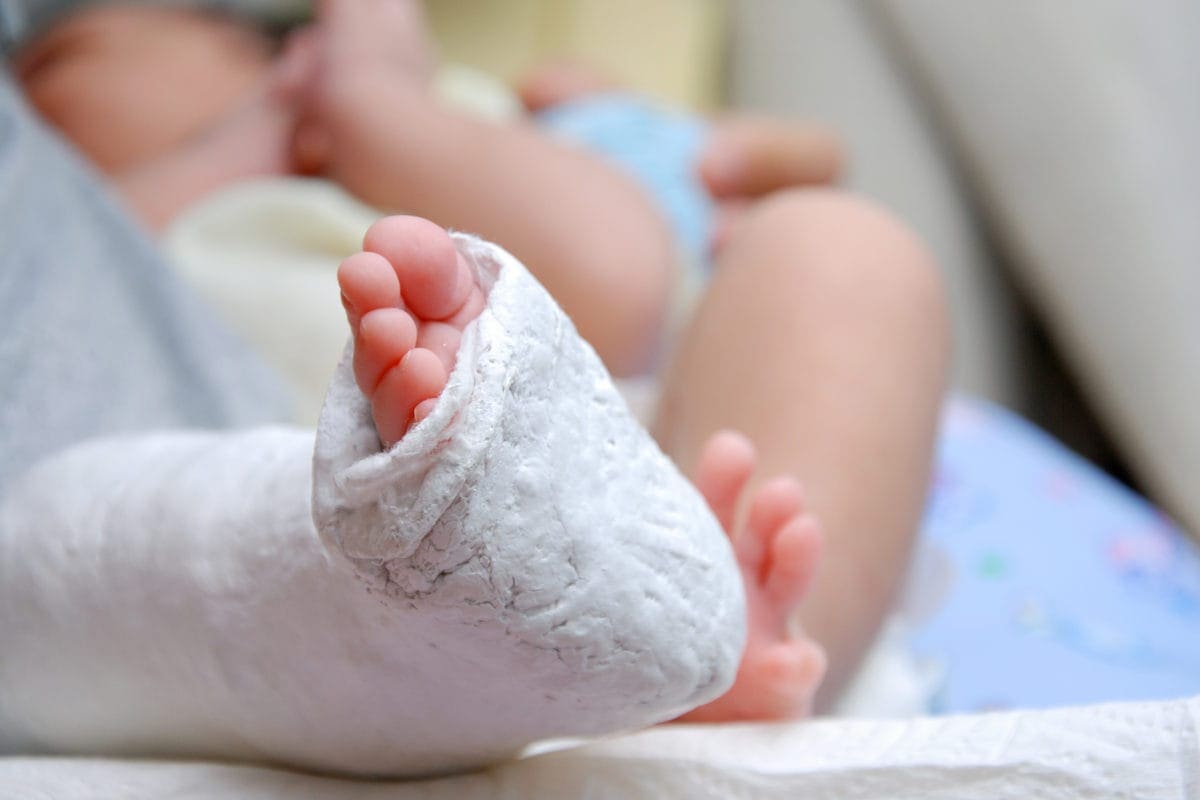



What Is Clubfoot Symptoms And Treatment Familydoctor Org
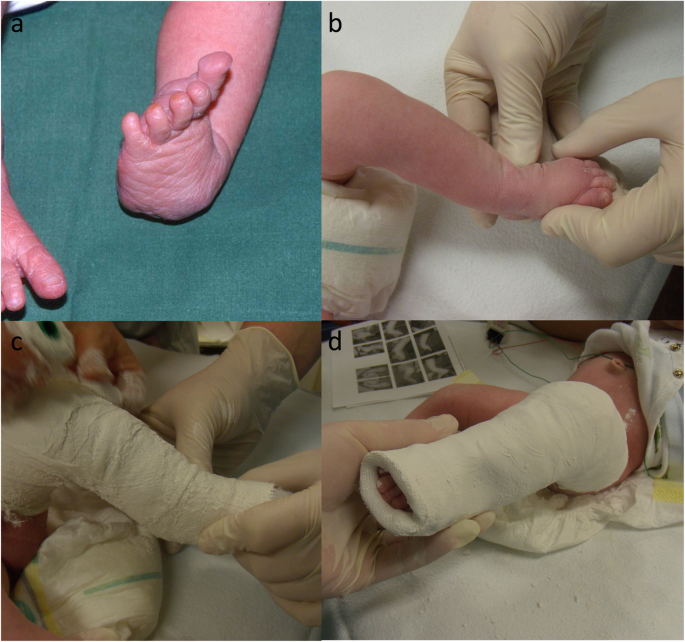



Clubfoot Treatment With Ponseti Method Parental Distress During Plaster Casting Journal Of Orthopaedic Surgery And Research Full Text
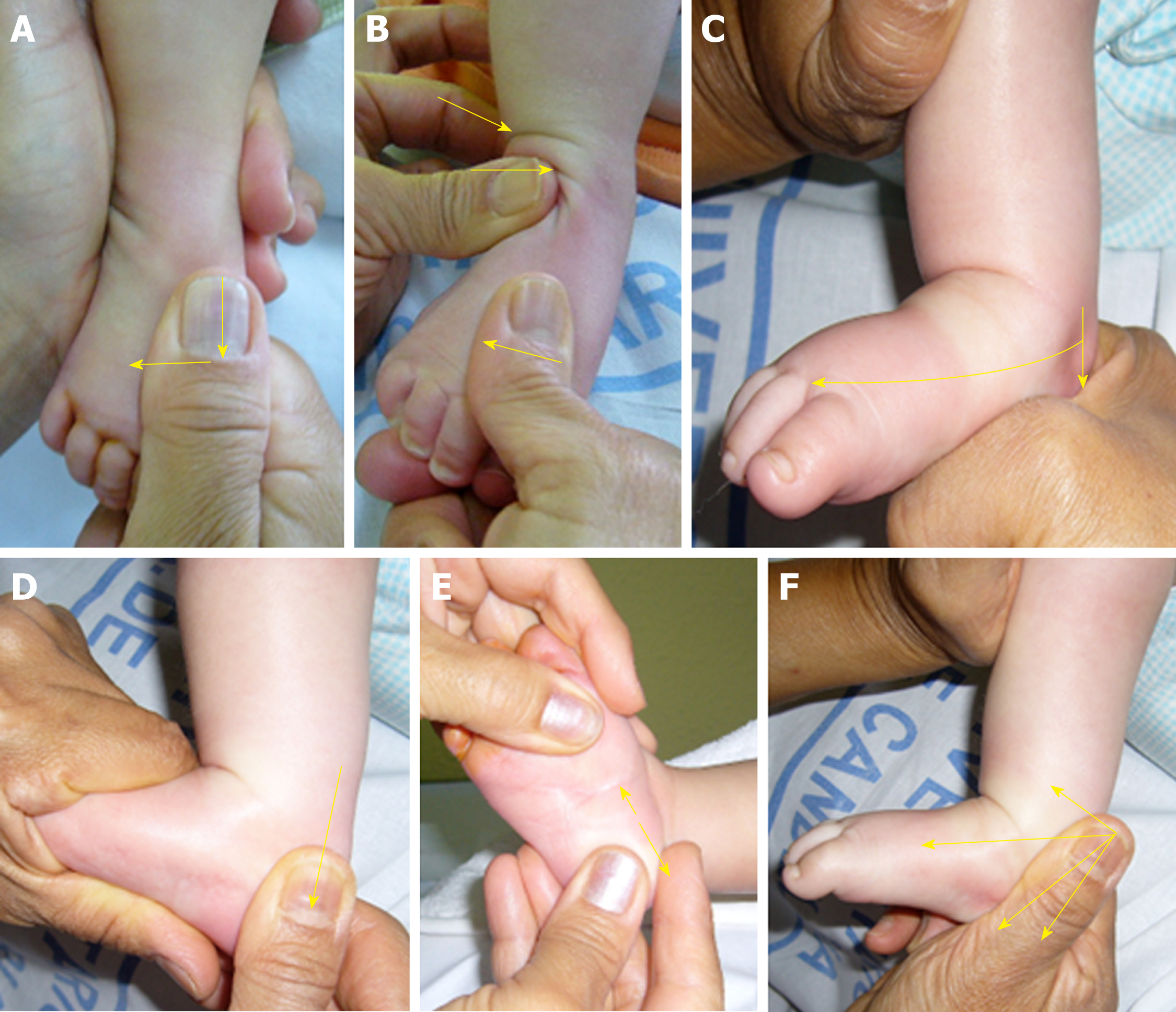



Functional Physiotherapy Method Results For The Treatment Of Idiopathic Clubfoot



1




Clubfoot And Other Foot Defects Children S Health Issues Merck Manuals Consumer Version




Starting Clubfoot Treatment For Our Son Cartwheeling Down The Aisle




Clubfoot Boston Children S Hospital




To Parents Of Children Born With Clubfeet University Of Iowa Stead Family Children S Hospital
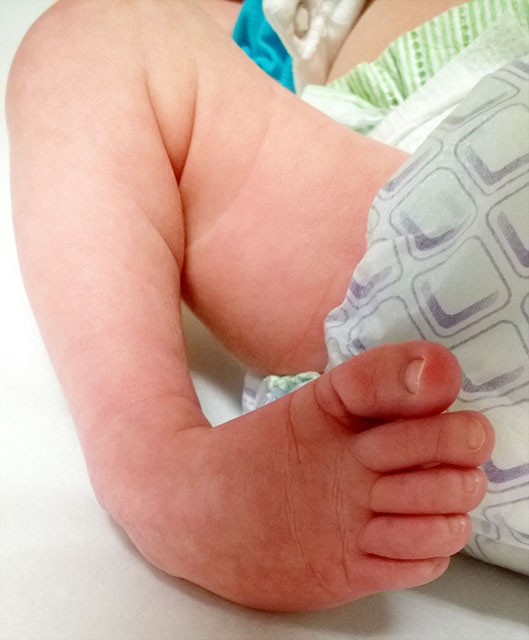



Clubfoot Johns Hopkins Medicine
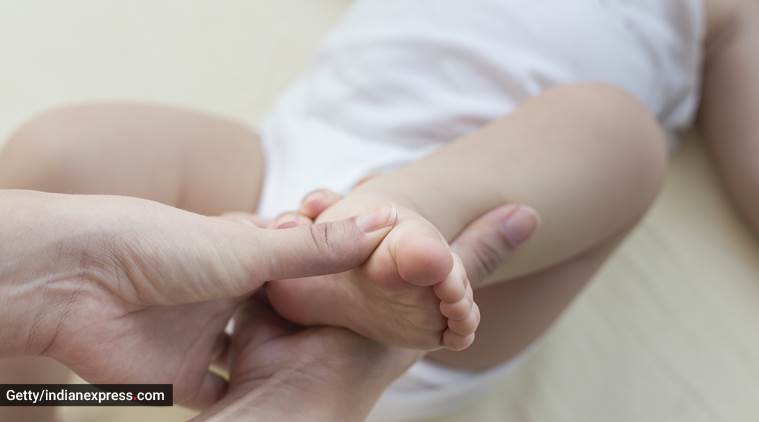



On World Clubfoot Day An Expert Answers All Your Questions About The Birth Deformity Parenting News The Indian Express




52 Club Foot Babies Ideas In 21 Club Foot Baby Club Foot Club
:max_bytes(150000):strip_icc()/clubfoot_before002-56a6fb5f5f9b58b7d0e5d484.jpg)



Photos Of Babies With A Clubfoot




Ponseti Method For Clubfoot Clubfoot Treatment For Babies Ponseti Method




Sudan Treating Children Affected By Clubfoot Icrc




Overcoming Clubfoot One Mom S Story Parents




Clubfoot Repair Treatments Procedure Outlook




Non Surgical Treatment For Clubfoot Helps Those Who Can T Afford It Pbs Newshour
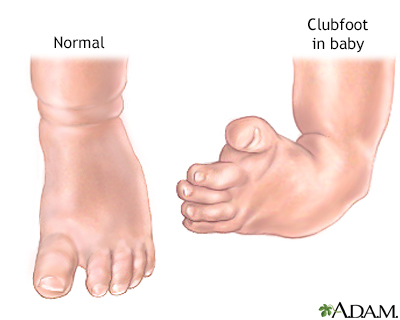



Clubfoot Repair Information Mount Sinai New York




Club Foot Talipes In Babies Causes Signs Treatment Youtube




To Parents Of Children Born With Clubfeet University Of Iowa Stead Family Children S Hospital
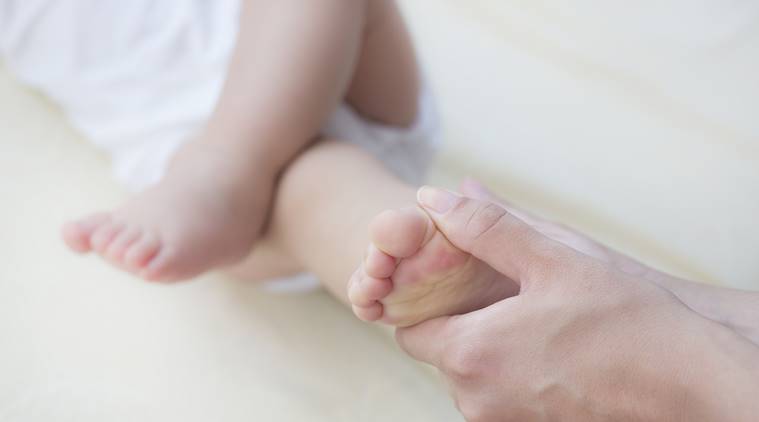



Treating Clubfoot Early May Help A Child Walk Normally Parenting News The Indian Express
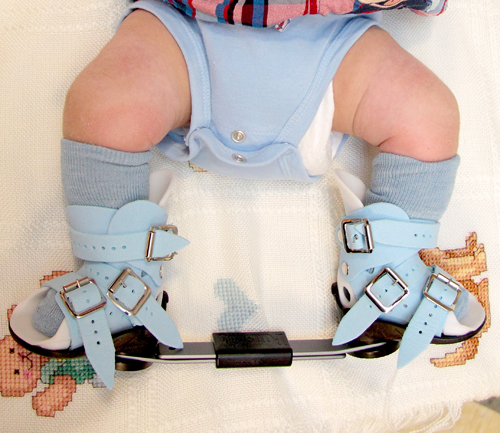



Clubfoot Baltimore Md International Center For Limb Lengthening



Clubfoot In Newborns Paedicare Paediatricians
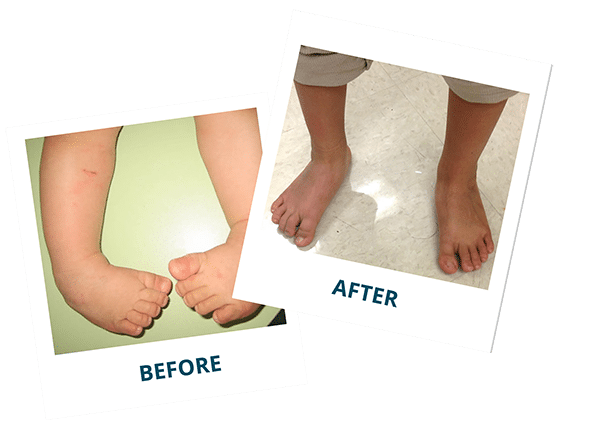



Clubfoot Doctor Ladera Ranch Southern California Foot Ankle Specialists




Pin By Abigail Rattin On Second Club Foot Baby Pediatric Nursing Pediatric Nurse Practitioner




Orthopedic Clubfoot Care Youtube
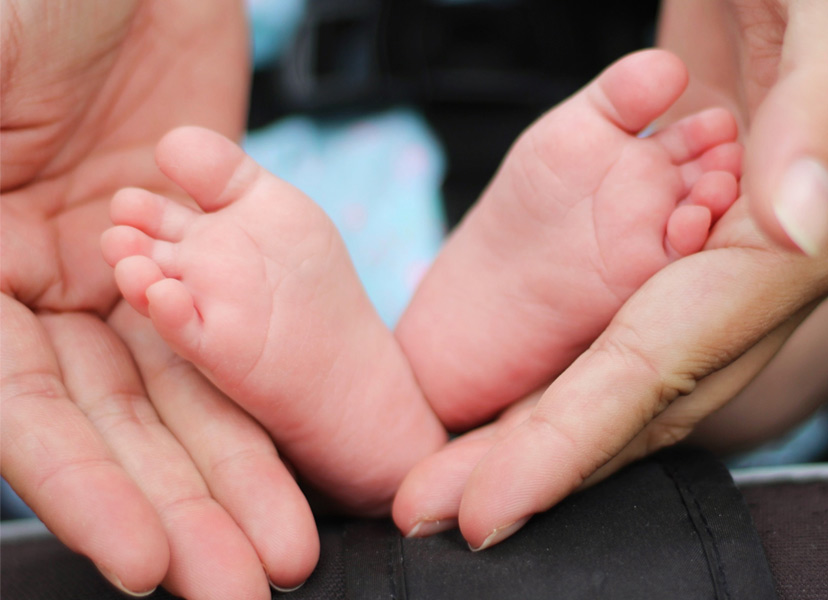



What Is Club Foot




Treating Clubfoot In Babies Advanced Foot And Ankle Care Center



1




A F A A 7 Month Old Girl Presented With Unilateral Clubfoot With Download Scientific Diagram
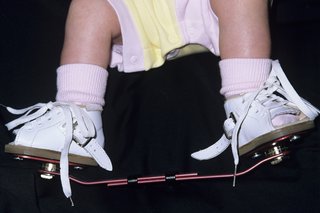



Club Foot Nhs



0 件のコメント:
コメントを投稿